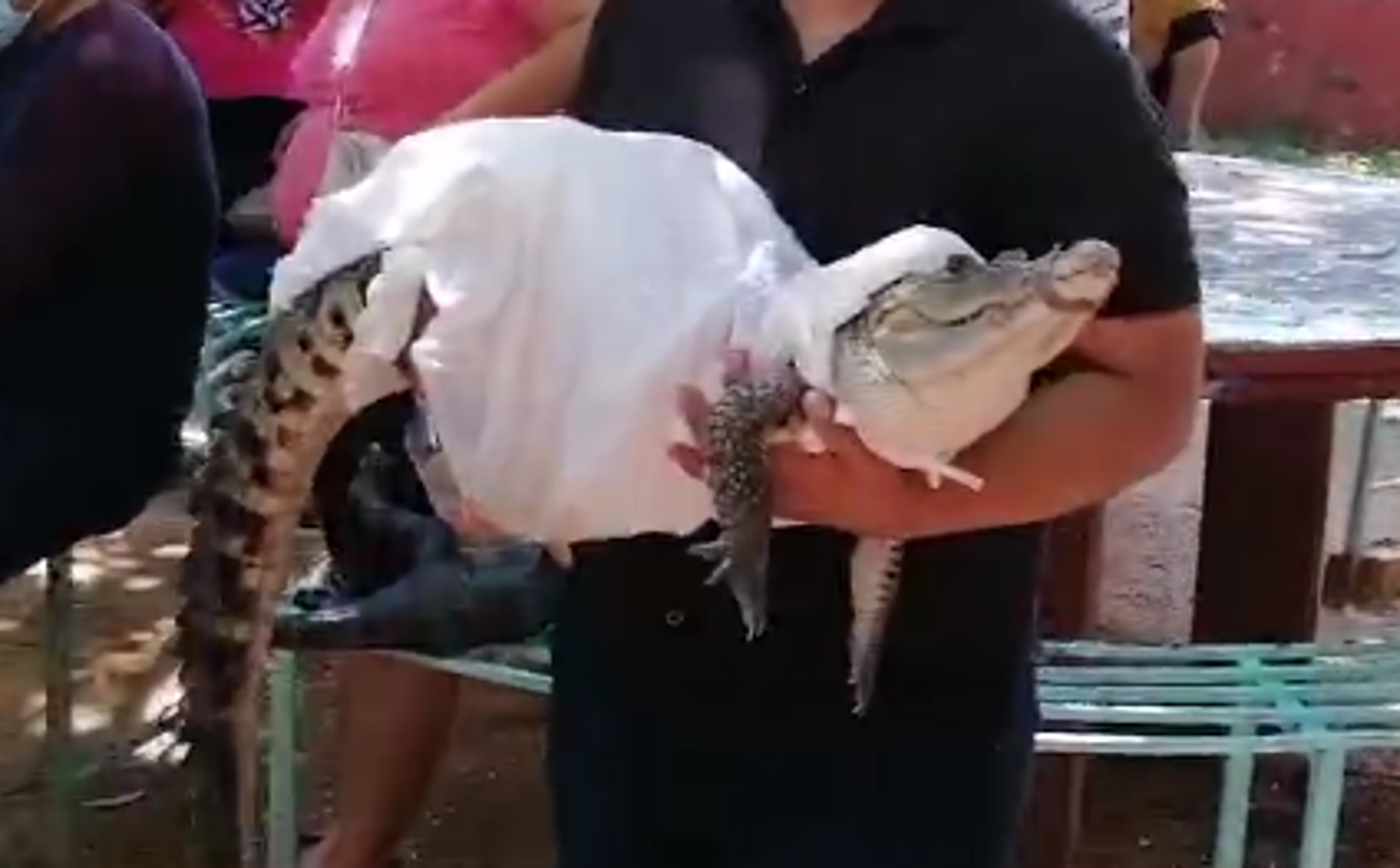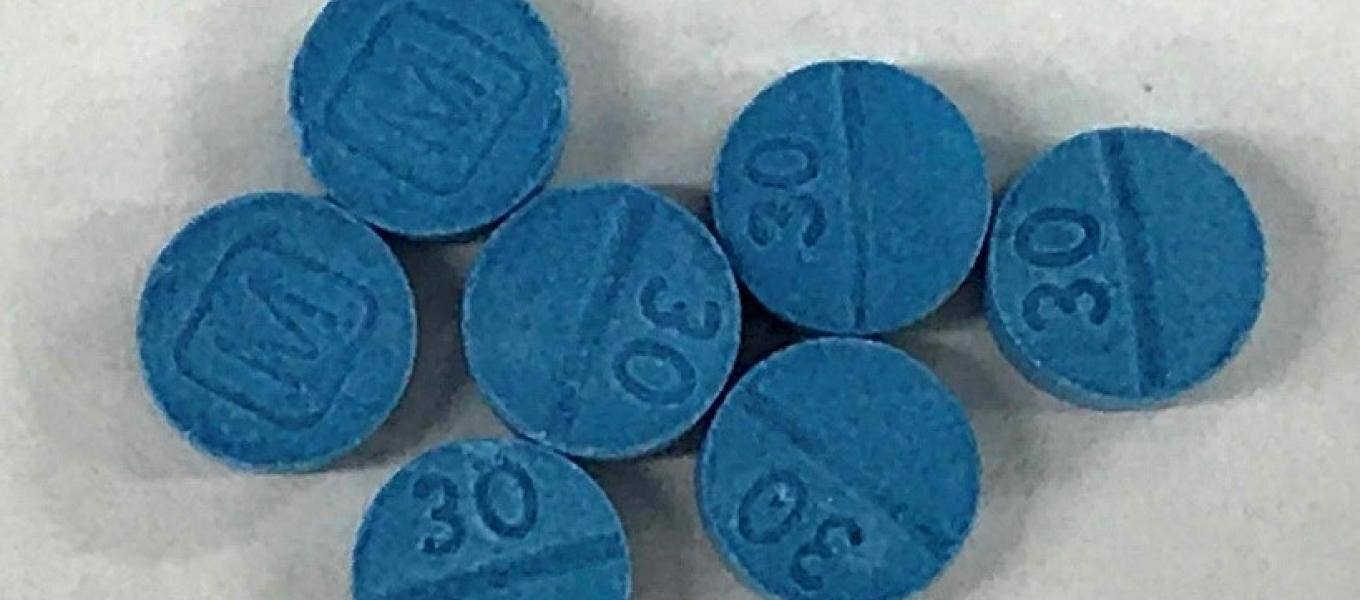[ad_1]
Though it’s estimated by German chemical supplier DyStar that 70,000 metric tons of indigo are used every year for denim products, just a fraction of it comes from the indigo plant. The denim industry has been hard at work devising solutions for natural dyes, as most of today’s indigo pigment is chemically synthesized and not soluble in water. To be dissolved, it must undergo a chemical reaction called reduction, which requires sodium hydrosulphite, a corrosive salt that ultimately ends up in the world’s waterways.
This situation is partially what fuels Carmen Artigas’ mission to preserve the diminishing indigo crop in Santiago Niltepec, Oaxaca, an area of Mexico that grows and processes the jiquilite plant responsible for denim’s blue hue.
After an earthquake rattled the region in 2017, production dropped 80 percent and continues to be challenged by harsh weather conditions associated with climate change. Irregular rain patterns and extreme winds have hindered the crop’s growth and caused a financial burden for farmers who were forced to replant and maintain jiquilite—a costly process, as less than one acre of land requires five months of constant care that Artigas says can total around $2,000 (39,000 pesos).
A regenerative fashion designer, consultant and educator with an extensive knowledge of natural dyeing, Artigas is currently working with the “Micro Producers Cerro Del Jiquilite Oro Azul” cooperative of 10 farmers in the region to establish a system for growing, harvesting and selling indigo.
“I cannot imagine a world without natural dyes,” she said. “And indigo is the most beautiful dye in the planet.”
Artigas’ experience with indigo stretches back more than 20 years, when she studied natural dyeing in India. She explained that working with sustainability can be a spiritual experience—and ancient methods for growing the “mystical” indigo plant involve blessing rituals and following moon patterns.
Farmers in the region use a process of planting and harvesting the crop through manual methods—using an ox cart and oxen for transportation and removing weeds by hand rather than with toxic pesticides—deeming it innately sustainable. For Artigas, the process is a craft that’s crucial to preserve.
Carmen Artigas
“If you talk to an anthropologist, they will tell you that you can lose a language within two generations,” she said. “You can lose a crop within one season. We’re going to lose it really, really fast.”
And as the land also grows sorghum, sesame, squash, green beans, cucumbers, watermelon and peanuts, it’s a clear warning that all crops are in danger.
Protecting cultural traditions has been a main focus for the Ministry of Culture of the Government of Mexico, which is working on a decolonization campaign to help give visibility and a voice to Mexican artisans. In November, it demanded that Levi’s Mexico and a Mexico-based textile supplier, Draco Textil Collective, provide a public explanation for their use of certain embroideries, which it claims belong to Oaxaca state’s Mazatec culture. Levi’s Mexico refuted the allegations that it plagiarized designs.
To support the region, the cooperative is encouraging women to participate in artisan preservation and contribute to the local economy by creating dyeing, spinning and weaving workshops to produce a line of handcrafted textile products, therefore creating another opportunity for the community. It’s also attempting to develop an infrastructure for irrigation systems through the Niltepec River in order to achieve two harvests per year, as opposed to the current standard of just one. To bring more transparency to the selling process, the cooperative is also working to establish an online store in which farmers can sell indigo directly to artists and designers.
“This region of Mexico has been growing and harvesting the indigo plant for at least 500 years,” Artigas said. “But it’s just a handful of farmers that keep it alive [and we must support them].”
[ad_2]
Source link

/nihi-watu-sumba-indonesia-OUTDOORSHWRS0622-71eaa3da91d240c78053636d4396e018.jpg)













